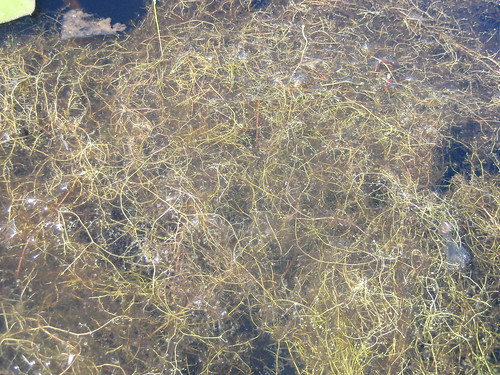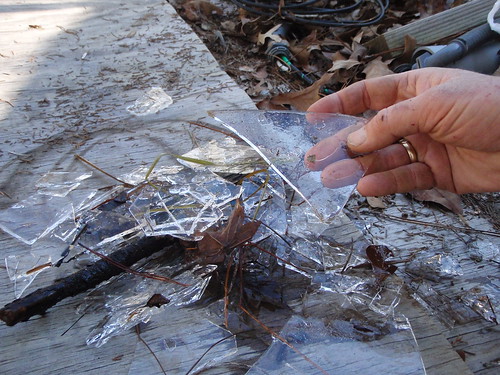 Janisse Ray plans
to speak in Moultrie and sign books.
Janisse Ray plans
to speak in Moultrie and sign books.
The Georgia Center for the Book, with the support of the Georgia Humanities Council, is working with the Moultrie-Colquitt County Library System and the Moultrie Chapter of the Georgia Conservancy to present a free public lecture and book-signing by Ray on Tuesday, Jan. 26, at 7 p.m., in the library auditorium.Why should you care?Ray was born in Baxley, Ga., and is an environmentalist activist, poet, a memoirist and the award-winning author of “Ecology of a Cracker Childhood.” This book, a memoir about growing up on a junkyard in the ruined longleaf pine ecosystem of the Southeast, was published by Milkweed Editions in 1999.

Ray has won a Southeastern Booksellers Award 1999, an American Book Award 2000, the Southern Environmental Law Center 2000 Award for Outstanding Writing, and a Southern Book Critics Circle Award 2000. “Ecology of a Cracker Childhood” was a New York Times Notable Book and was chosen as the Book All Georgians Should Read.Are you tired of development trumps all? Do you like trees and home-grown vegetables? Come hear Janisse Ray!As an organizer and activist, she works to create sustainable communities, local food systems, a stable global climate, intact ecosystems, clean rivers, life-enhancing economies, and participatory democracy. She is a founding board member of Altamaha Riverkeeper and is on the board of the Environmental Leadership Center of Warren Wilson College and Satilla Riverkeeper.










